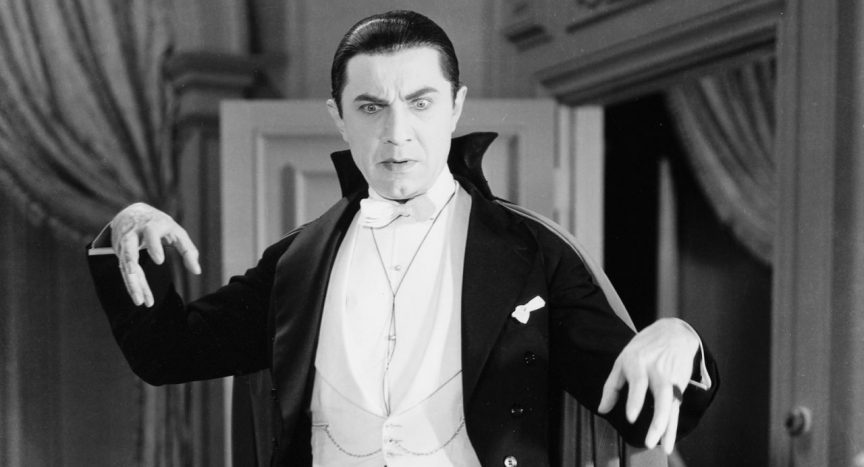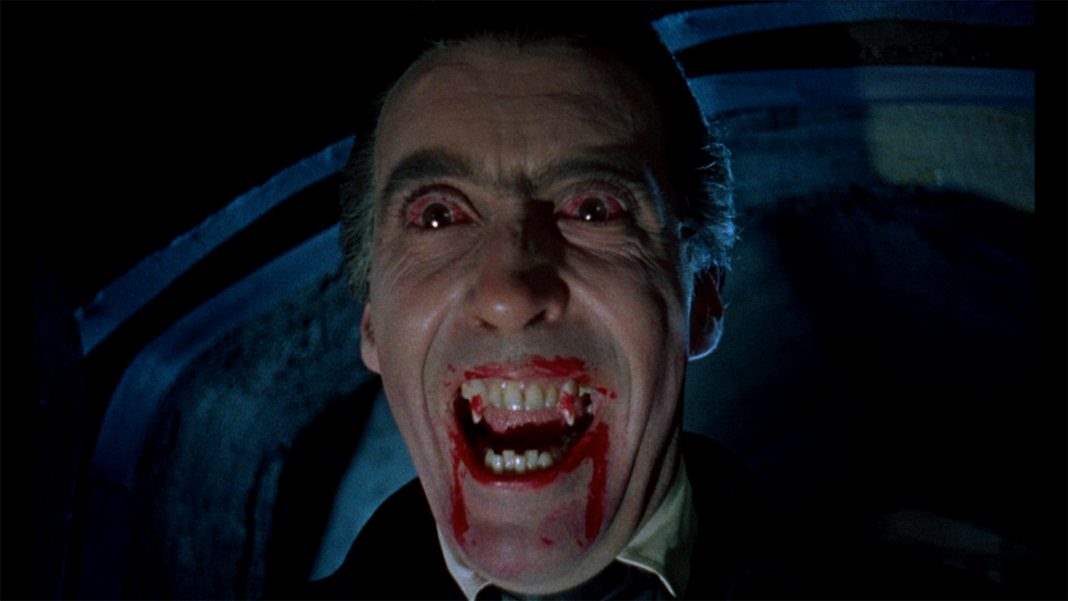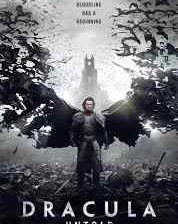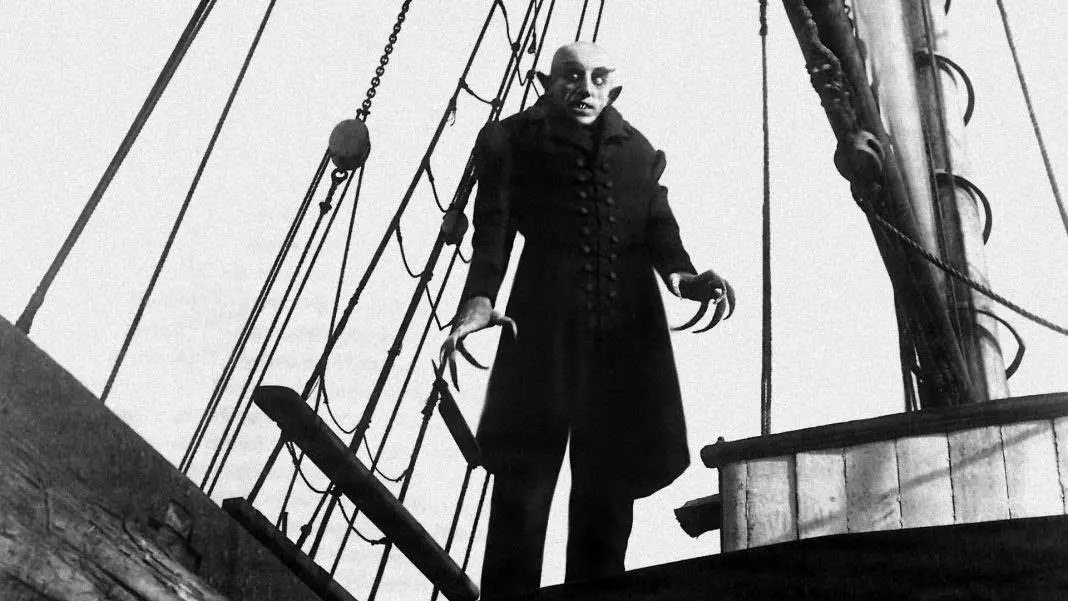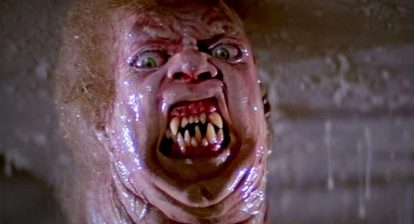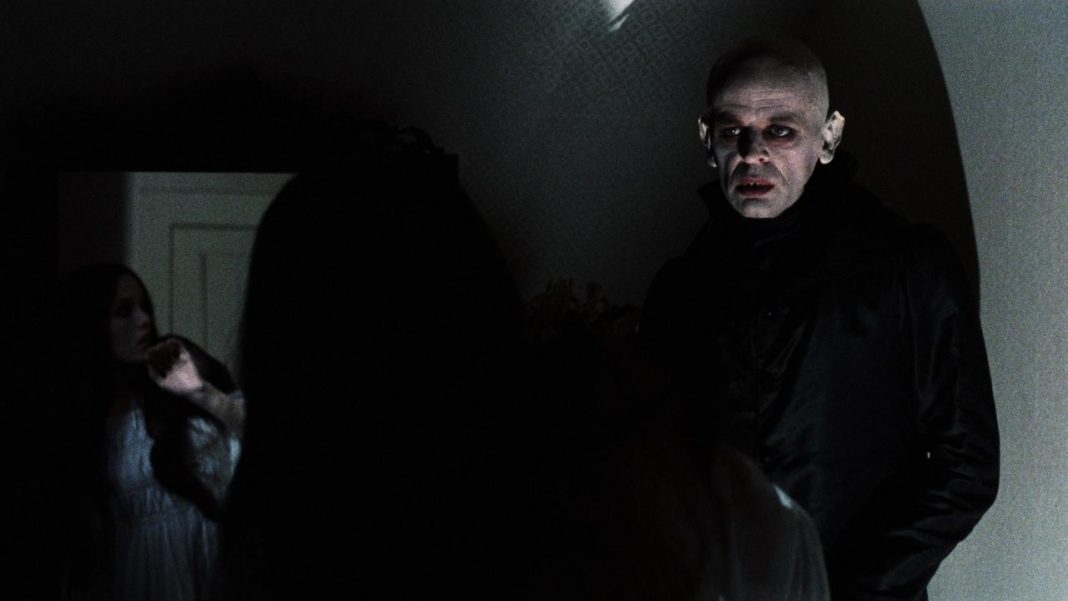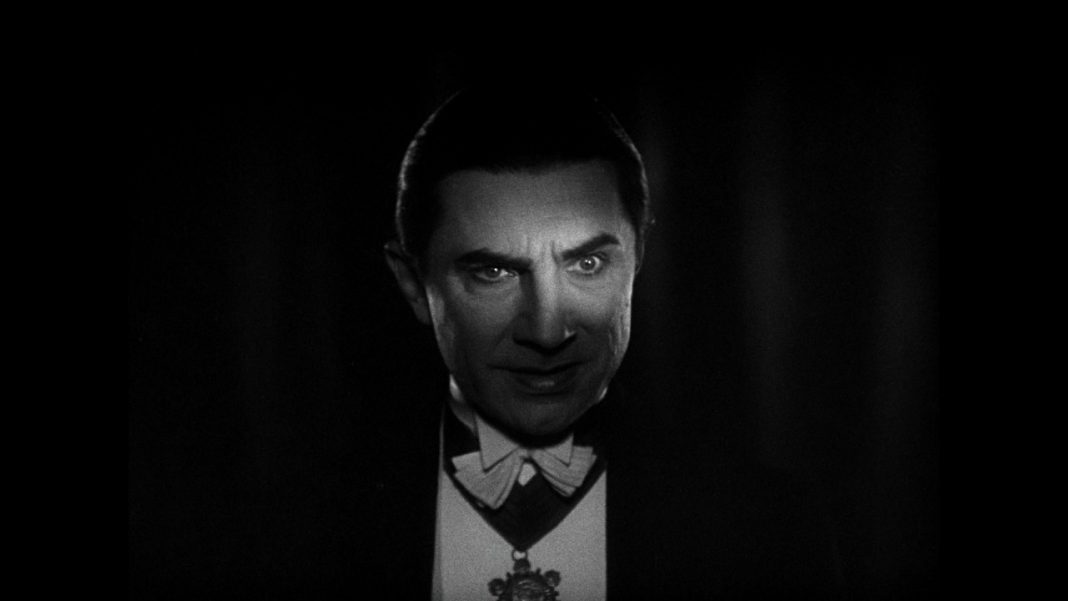Dracula just might be the most famous movie monster in the world. At the very least, he’s earned a spot on the Mt. Rushmore of horror. He’s the quintessential vampire, and his story has been told and retold in numerous forms ever since Bram Stoker’s novel first came out in 1897. He’s been in movies, books, comics, and TV shows. So, fans have no shortage of opportunities to spend time with their favorite bloodsucking count.
But with such an embarrassment of riches, there also comes a bit of a downside. This seemingly infinite morass of material is tricky to navigate, so it can be tough to know where to even begin. And that’s where I come in. While I can’t cover the character’s entire history in a single article, I can give you some tips on cinematic adaptations of the original novel.
As one of the greatest horror books ever written, Dracula has been transferred to the big screen many, many times over the past century, and I’m here to point you towards the essential versions of this classic story. While the movies on this list aren’t the only Dracula films worth watching, they’re the most important and beloved adaptations of Stoker’s novel. So, if you want to learn the basics of the character’s cinematic history, there’s no better place to start than these four films.
See Also: 120 Years and Counting: Why Dracula is More Modern Than It’s Given Credit For
Nosferatu
Nosferatu is a silent German film from 1922 that changes the names of all the characters (including the count himself), but it’s still very obviously the same story. It was the first cinematic adaptation of Dracula ever made, and while that alone earns it a spot on this list, its claim to fame goes beyond simply being really old. It also gives the story some interesting twists that set it apart from the vast majority of Dracula movies, and more importantly, it features some chilling imagery that’s surprisingly effective even today.
For starters, this iteration of Dracula (called Count Orlok) looks absolutely terrifying. Unlike most versions, he’s not a suave gentleman who seduces his victims with charm and good looks. No, Count Orlok is an ugly creature with an almost rat-like face, long nails, and razor sharp fangs. Every time he’s on screen, you can just see how evil he truly is.
Simply looking at this demon is super creepy, but the film also has some shots that manage to enhance the effect exponentially. To take just one example, there’s a famous scene where Orlok slowly walks towards the movie’s version of Jonathan Harker (named Thomas Hutter), and he keeps his body almost entirely still except for his legs. On top of that, his face is nearly expressionless, and the combination of those two unsettling qualities is the stuff of nightmares.
All in all, there aren’t too many 100-year-old movies that modern viewers desperately need to see, but Nosferatu is one of them. Not only was it the first time the Dracula story was ever put on the big screen, but it’s still one of the best, so it’s essential viewing for anyone who wants to take the plunge into Dracula’s cinematic history.

Dracula (1931)
While it wasn’t the first cinematic Dracula adaptation, this is hands down the most influential. It stars Bela Lugosi as the titular bloodsucker, and his performance has cemented itself in our cultural consciousness as the definitive version of the character. It’s what most people think of when they imagine Dracula, and it’s the gold standard that every subsequent iteration is measured against.
Let me give just one example to show what I mean. Have you ever imitated a Transylvanian accent? You probably have, but I’m going to let you in on a little secret: You did it wrong. The truth is that most of us have no idea what a real Transylvanian accent sounds like. What we normally imitate is actually Bela Lugosi’s Hungarian accent, but his depiction of Dracula is so iconic that even his way of speaking has become an integral part of the character.
See Also: Forgotten Dracula Movies Worth Digging Up
That’s only one tiny example, but it shows how important this film really is. This isn’t just one of the most influential Dracula movies of all time, and it’s not even just one of the most influential horror movies of all time. It’s one of the most influential movies ever made in any genre. So, this is more than just a must-watch for any serious Dracula fan. It’s essential viewing for any serious cinephile.

Horror of Dracula
If Bela Lugosi is the most famous Dracula of all time, Christopher Lee is undoubtedly number two. He played the bloodsucking count seven times for Hammer Films from 1958-1973, and it all started with Horror of Dracula, the studio’s unique adaptation of Bram Stoker’s novel.
Much like Nosferatu, this movie also takes some interesting liberties with the Dracula story, and those changes make for a unique viewing experience that’s unlike any other adaptation around. It subverts several of the typical plot beats you know from other versions, so it keeps you on your toes and prevents you from getting too comfortable in your knowledge of where the story is supposed to go.
On top of that, this film also features a great version of Dracula that combines some of the best elements from Nosferatu and Dracula. Like Count Orlok, this vampire is also a savage beast with razor sharp fangs, but like Lugosi’s version, he can also be a smooth and seductive gentleman when he wants to be.
All of these elements come together to form one of the best vampire movies of all time, so it’s no wonder that Hammer kept bringing the character back from the dead for more grisly adventures. This series of films made Christopher Lee the cinematic Dracula for a lot of fans, so it’s only natural that the birth of this version of the undead count would be essential viewing for anybody wading into the big screen history of Dracula.

Nosferatu the Vampyre
Nosferatu the Vampyre is a remake of the original Dracula movie, Nosferatu, so it tells the story with all the unique twists the silent classic puts on the plot, but it changes the names of the characters back to what they were in the novel. From that brief description, you might think this was just another worthless rehash of a better movie, but you’d be very wrong.
See Also: Why Herzog’s Nosferatu is Actually the Better Movie
In the years since its release, Nosferatu the Vampyre has become a classic in its own right. The score and the cinematography are both hauntingly beautiful, and it gives Dracula much more depth than he has in just about any other adaptation. In this movie, he’s not just a heartless demon with no semblance of feelings or emotions.
Instead, this version of the count is tired of passing through the ages alone, and he even longs to be free of his curse of immortality. Those unexpected qualities make him much more sympathetic than he ever was before, and that in turn makes for a very unique viewing experience. In fact, Nosferatu the Vampyre is arguably the best sympathetic vampire movie of all time, so it’s essential viewing for any Dracula fan.

